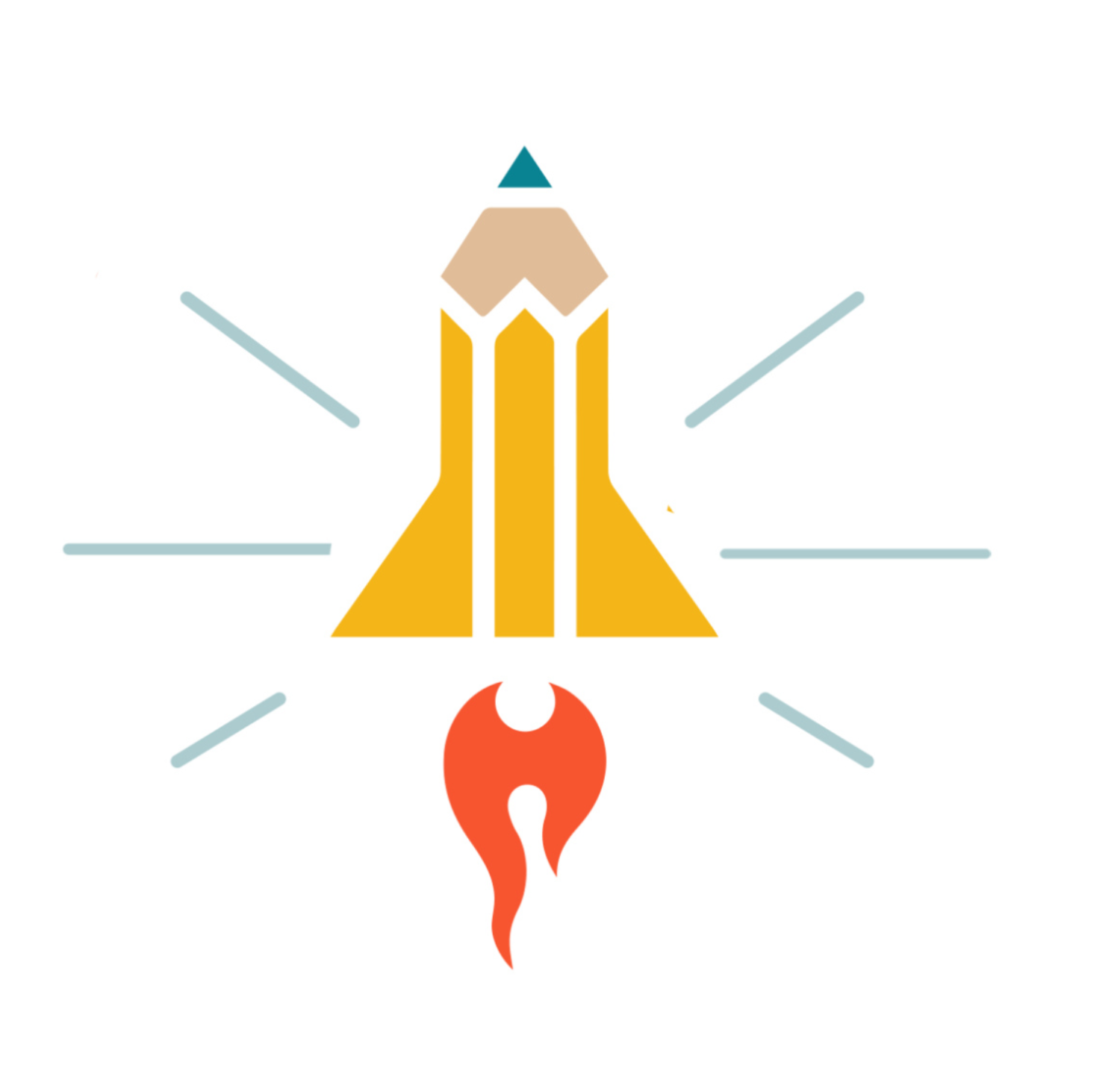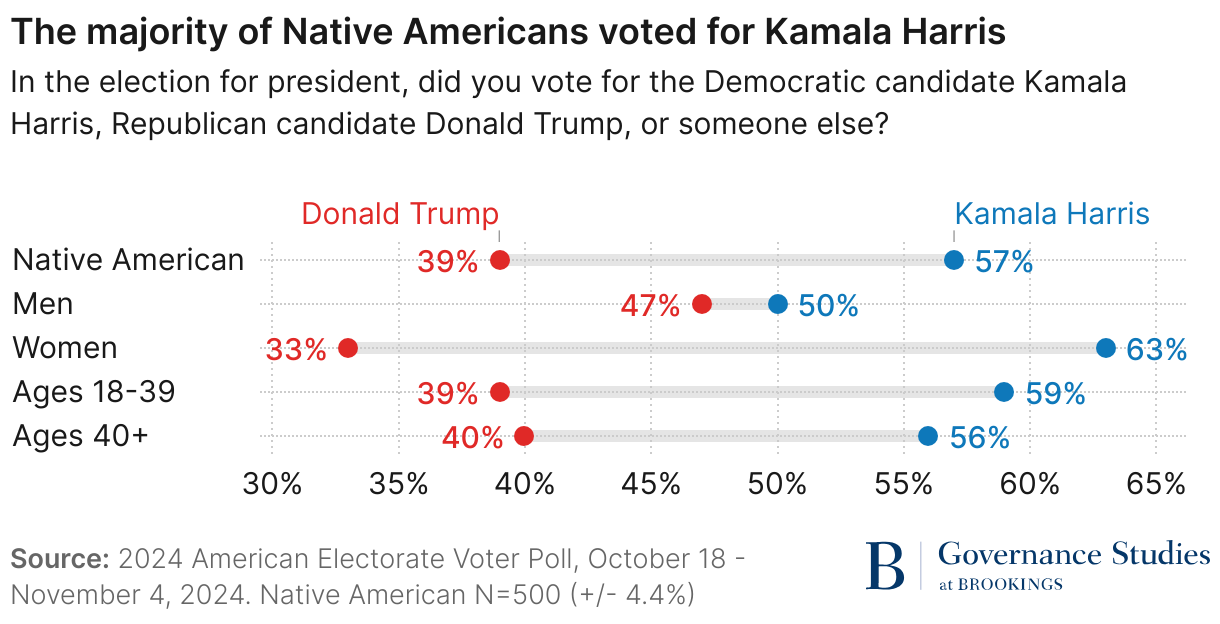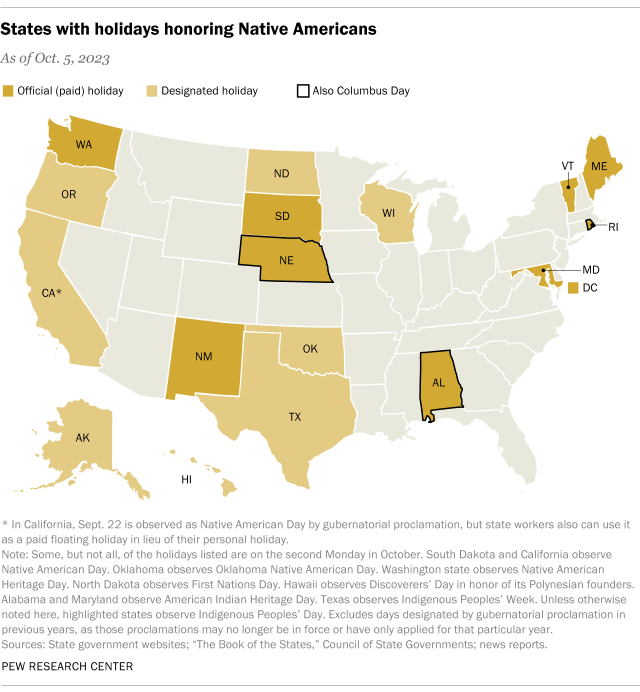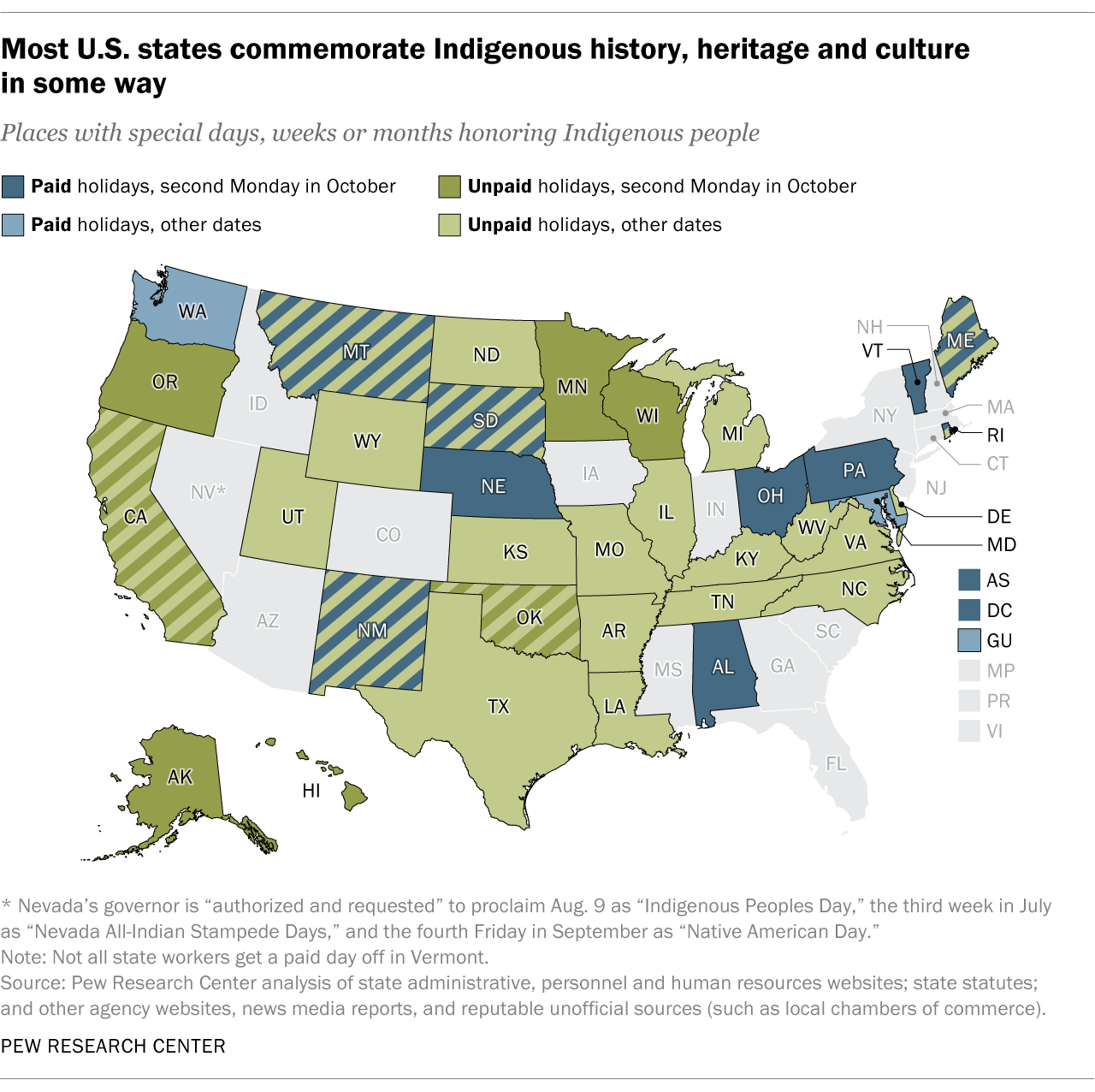How do Americans celebrate Indigenous Peoples’ Day?
Critical Analysis
Find answers to the following questions using the visual above, your big brain, the information provided and any links below:
Since 1492, Native Americans have lost 99% of their land in the United States. By the close of the Indian Wars in the late 19th century, fewer than 238,000 Indigenous people remained of the estimated 5 million-plus living in North America before European contact. According to the visual above, what regions of the United States currently have the largest amount of indigenous land?
On Monday, October 13, the second Monday in October, millions of Americans will celebrate Indigenous Peoples’ Day to honors the history and contributions of Native Americans. The holiday has become a replacement for federal holiday Columbus Day, which also falls on October 13, and which many have argued should no longer be celebrated due to the fact that Christopher Columbus does not deserve credit for “discovering” the Americas. Today is both Columbus Day and Indigenous Peoples’ Day. What is the connection between the map above and Columbus and American Indigenous people?
How much do you learn about Native American history in school and why do you think that is?
Explain whether you will celebrate Columbus Day, Indigenous Peoples’ Day, neither, or both.
According to the department of Interior’s bureau of Indian Affairs, “the relationship between federally recognized tribes and the United States is one between sovereigns, i.e., between a government and a government. This “government-to-government” principle, which is grounded in the United States Constitution, has helped to shape the long history of relations between the federal government and these tribal nations.” What does this mean for relations between tribes and the U.S. government?
The Native American population is 6.8 million, according to U.S. Census Bureau information from 2018. Native Americans tend to vote in numbers more favorable to Democrats. In 2012, President Barack Obama won nearly 70% of the indigenous vote. In 2020, the Native American vote helped Biden win a surprise victory in Arizona by giving him over 60% of the national vote. In 2024 39% of the indigenous vote went to Donald Trump and 57% went to Kamala Harris. Many Native Americans are concentrated in swing states like North Carolina and Arizona (72% for Biden). How much do you think the Native American vote will influence future national elections?
Native people already face many barriers to voting (read all about The State of Native American Voting Rights), including state laws that can prohibit the use of tribal IDs, restrictions preventing people from using post office boxes to register (some parts of Indian reservations lack street addresses), a dearth of voting materials in Indigenous languages, long distances to polling places without transportation and much more. According to the Brennan Center for Justice, in an unprecedented year so far for voting legislation, 19 states have enacted 33 laws that will make it harder for Americans to vote.any states are making it harder than ever to vote. These restrictions should have a disproportionate impact on Native Americans. Describe any new voting restrictions going into place in your state.
Deb Haaland, the Secretary of the Interior during the Biden administration was the first Native American cabinet secretary ever. The U.S. Department of the Interior manages federal lands and natural resources, administers programs for Native American, Alaska Native, Native Hawaiian, and island communities, and conserves the nation's cultural and environmental heritage. Why do you think the Interior Department was the first department to be led by a Native American?
Indian Affairs (IA) is the oldest agency of the United States Department of the Interior. Established in 1824, IA currently provides services (directly or through contracts, grants, or compacts) to approximately 1.9 million American Indians and Alaska Natives. There are 573 federally recognized American Indian tribes and Alaska Native Villages in the United States. Based on the visuals below*, how do health and educational outcomes for Native Americans and Alaska Native compare to the rest of America?
Tommy Orange is one of my favorite authors. I taught his book, There there, in my class last year. Orange just won the 2025 MacArthur Genius Prize which includes an $800,000 award. Have you read any of the following indigenous authors in high school: Louise Erdrich (Ojibwe), N. Scott Momaday (Kiowa), Leslie Marmon Silko (Laguna), Joy Harjo (Muscogee/Creek), David Treuer (Ojibwe), James Welch (Blackfeet/Gros Ventre), Sherman Alexie (Spokane/Coeur D'Alene), and Vine Deloria Jr. (Standing Rock Sioux)?
Write and Discuss
Take ten minutes to write about the question at the top of the page and then discuss with your classmates.
Act on your Learning
Acknowledge the land you’re on. First you need to learn about where you are. Use the Native Land Map to find out which Native people once lived (or still live) on your land. I typed in my street address and learned that I live on Cheraw land. Share what you find in class.
Learning Extension
Visit the National Museum of the American Indian in person or online. And learn about the many ways you can celebrate Native American Heritage Month every November. Until then, watch this great youtube discussion between U.S. Poet Laureate Joy Harjo and Secretary of the Interior Deb Haaland.
2024 exit poll data in swing states
















